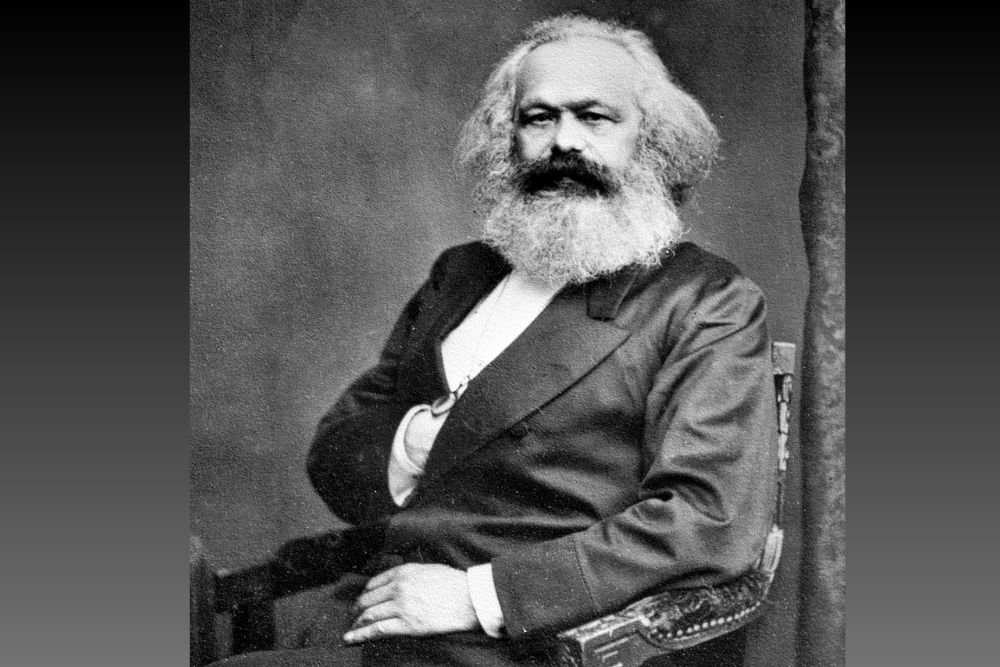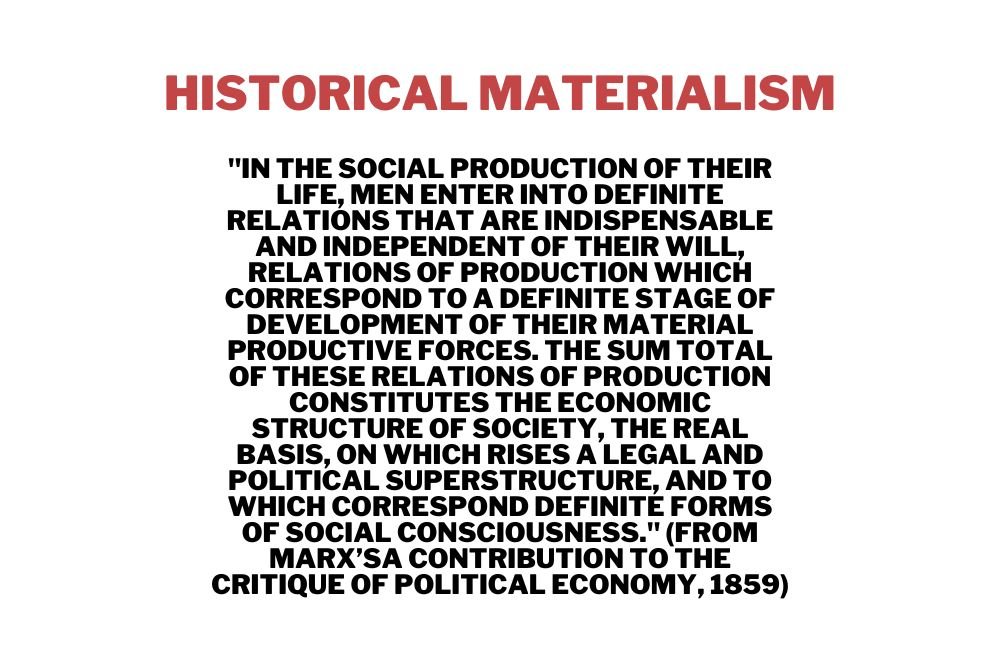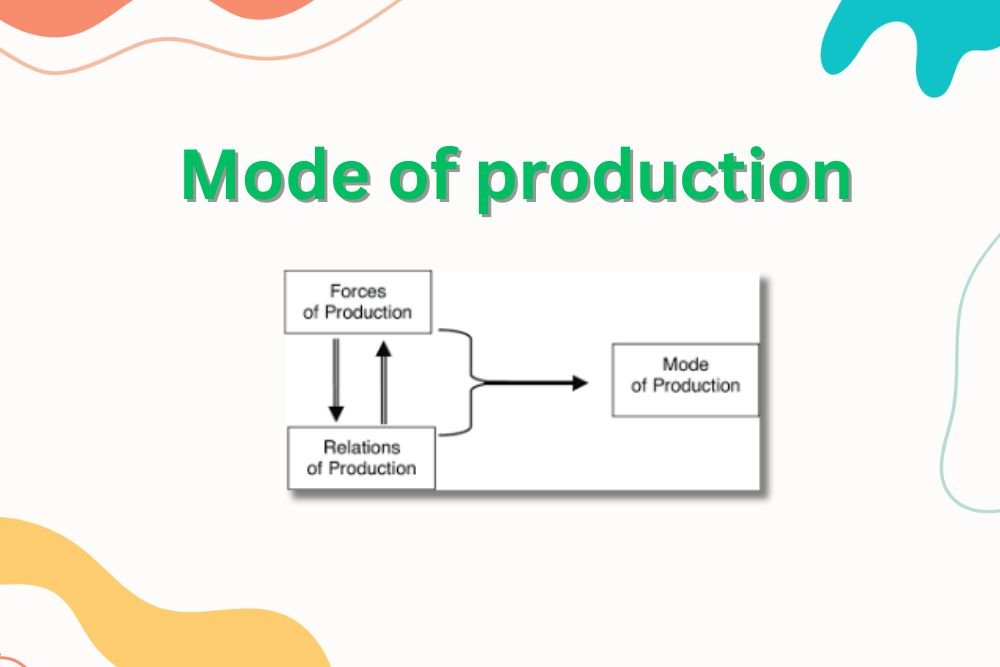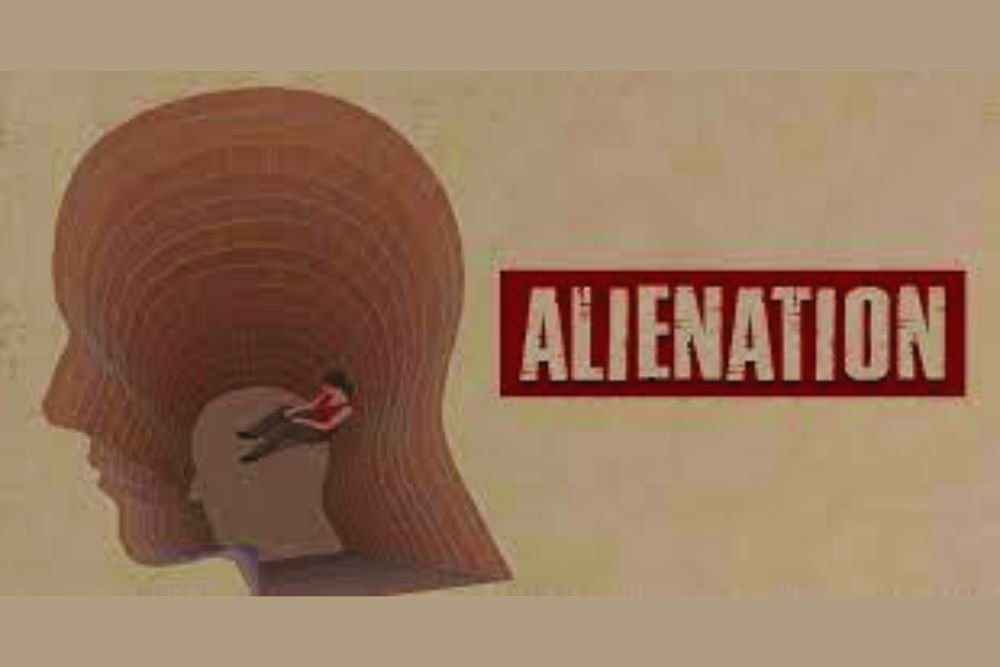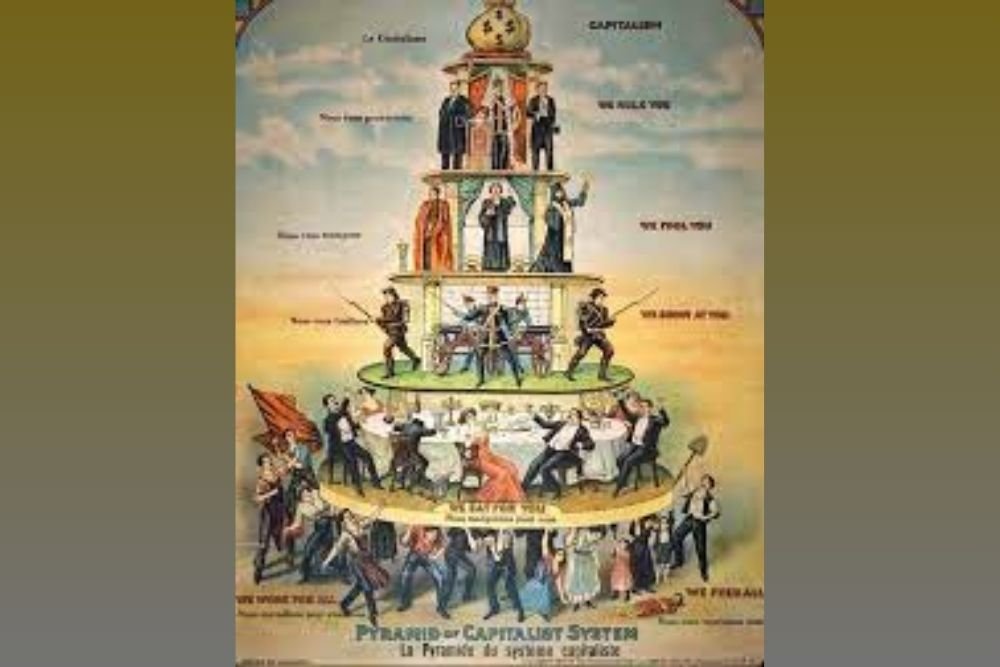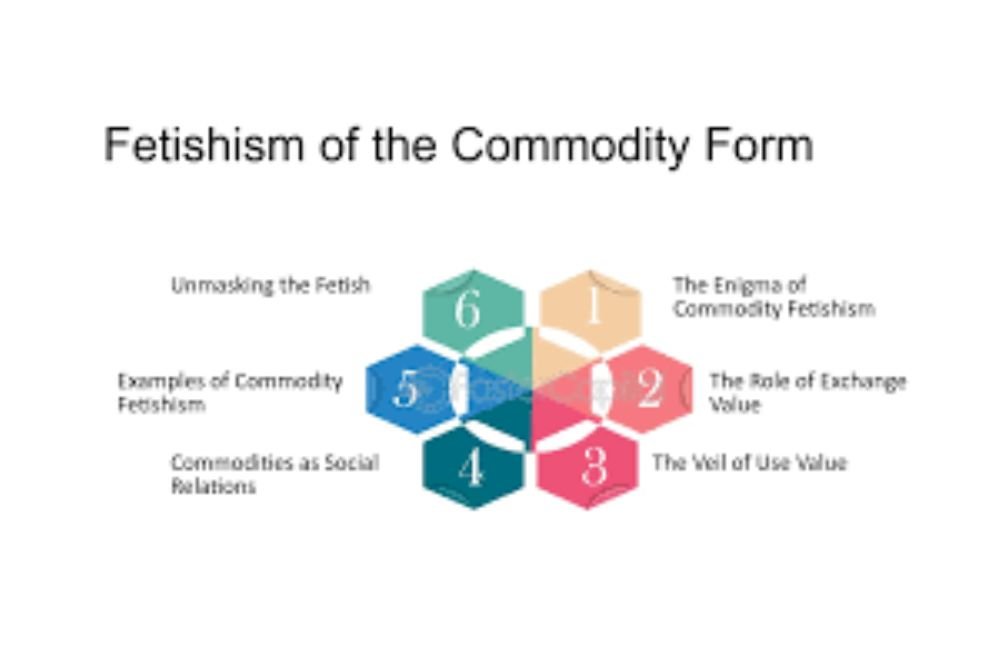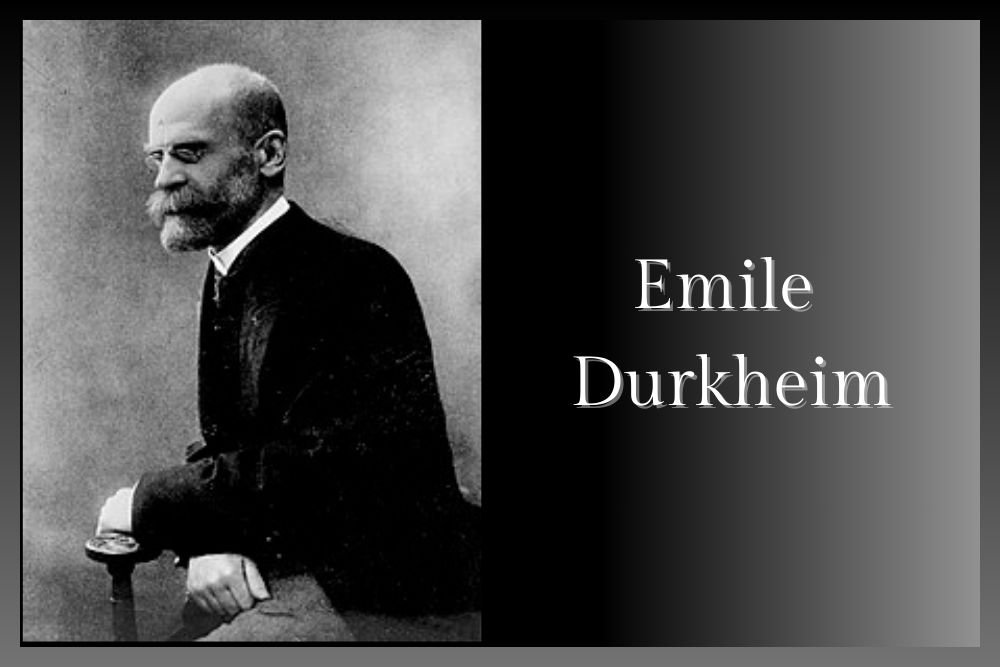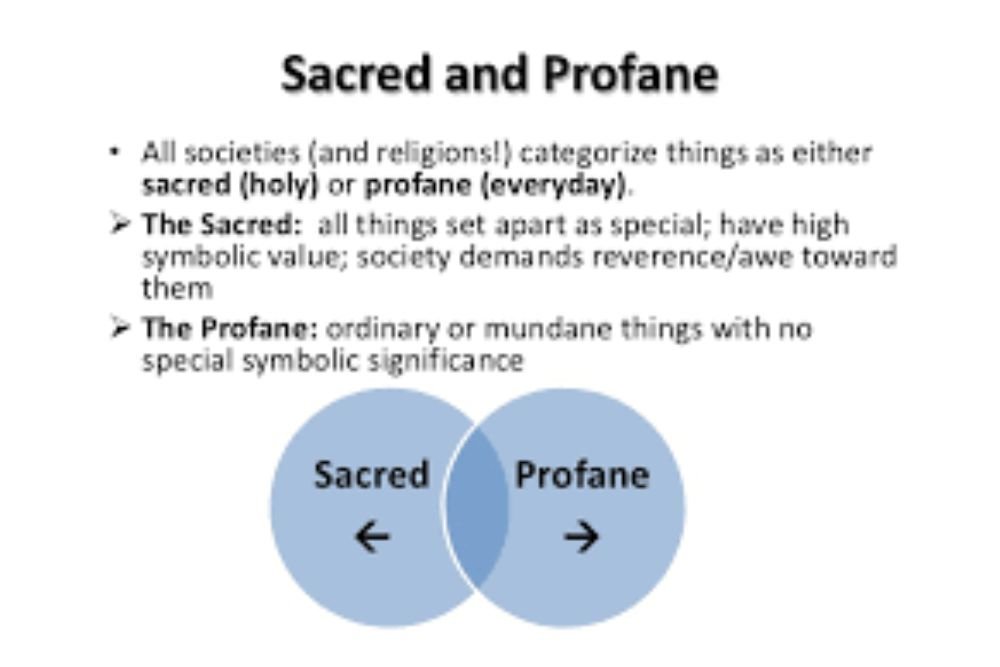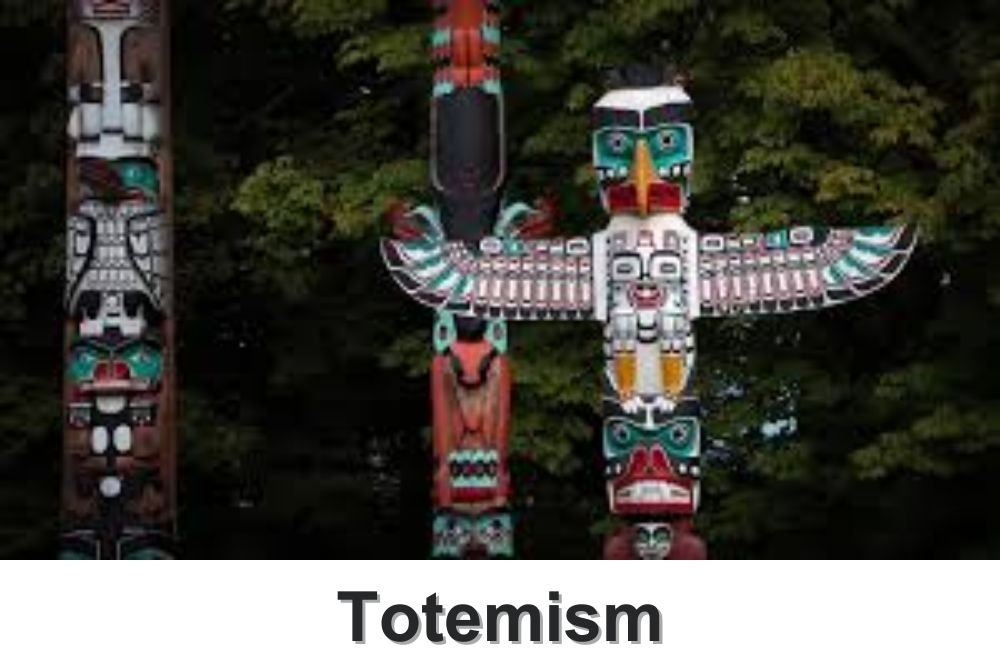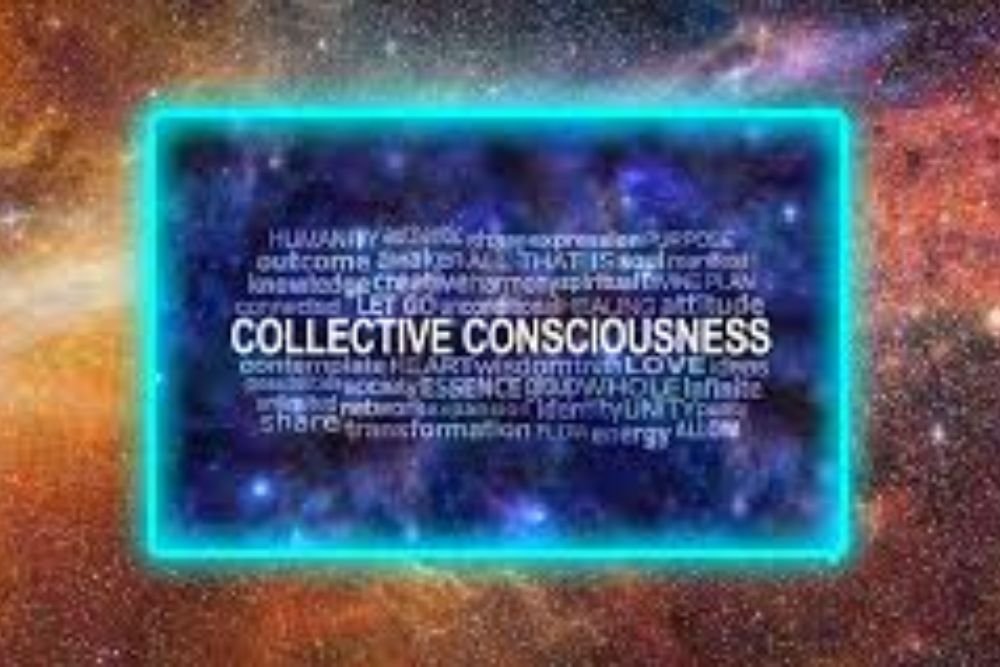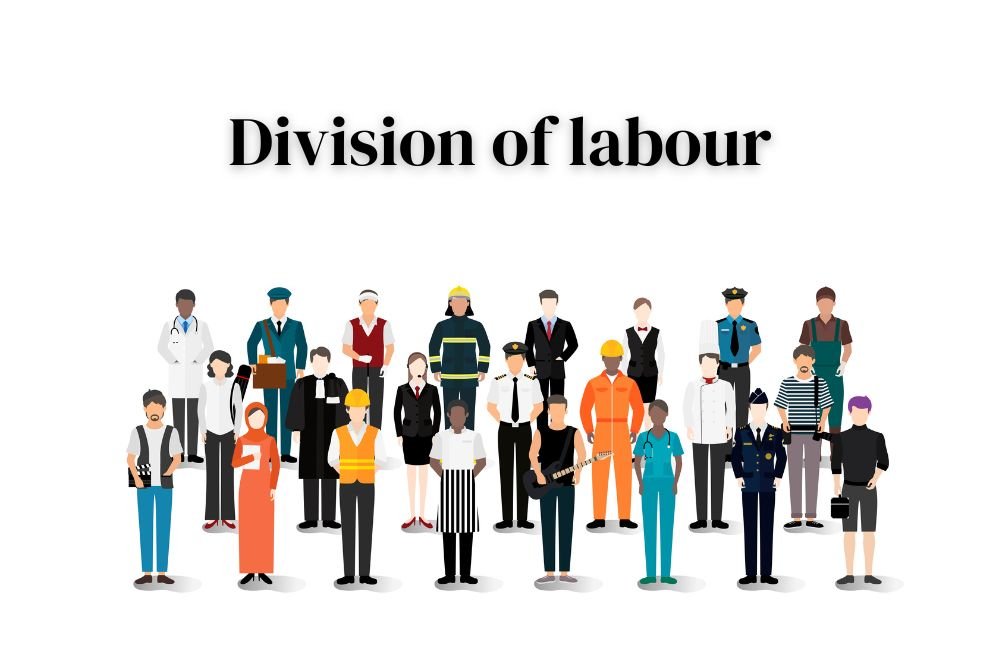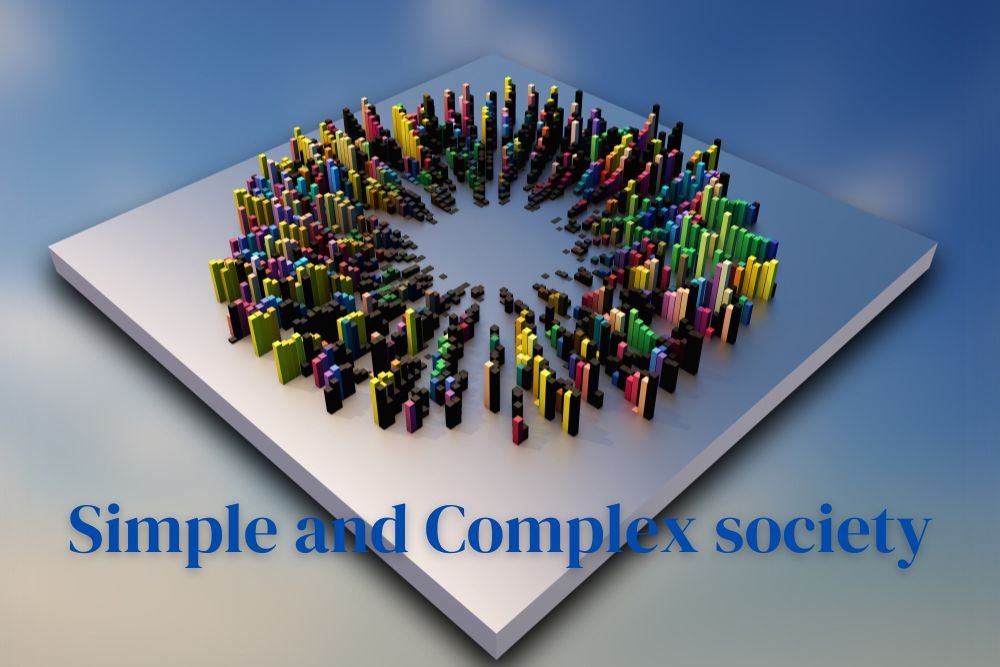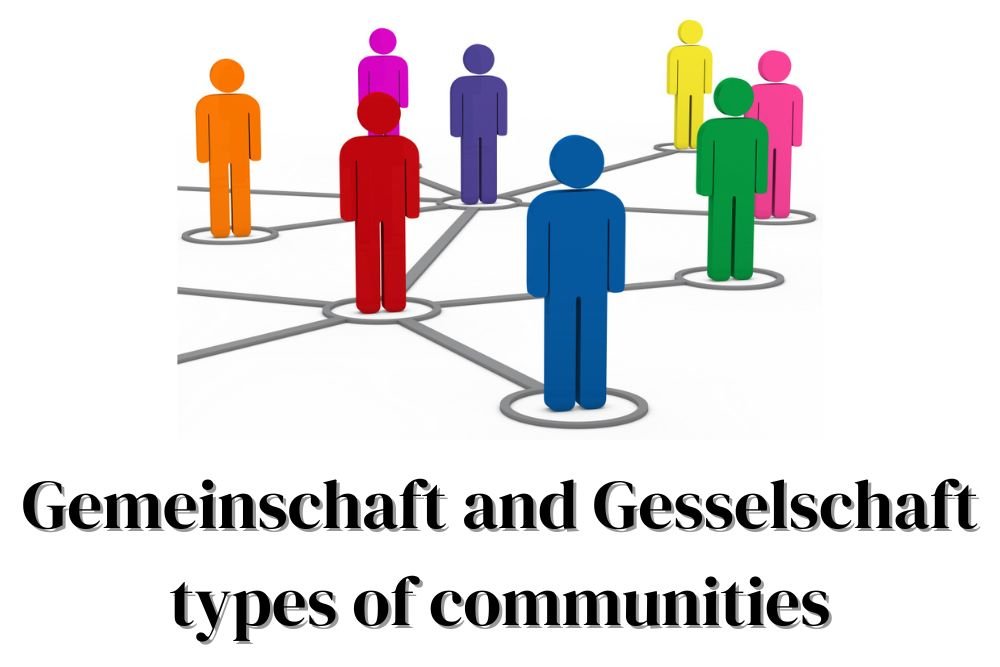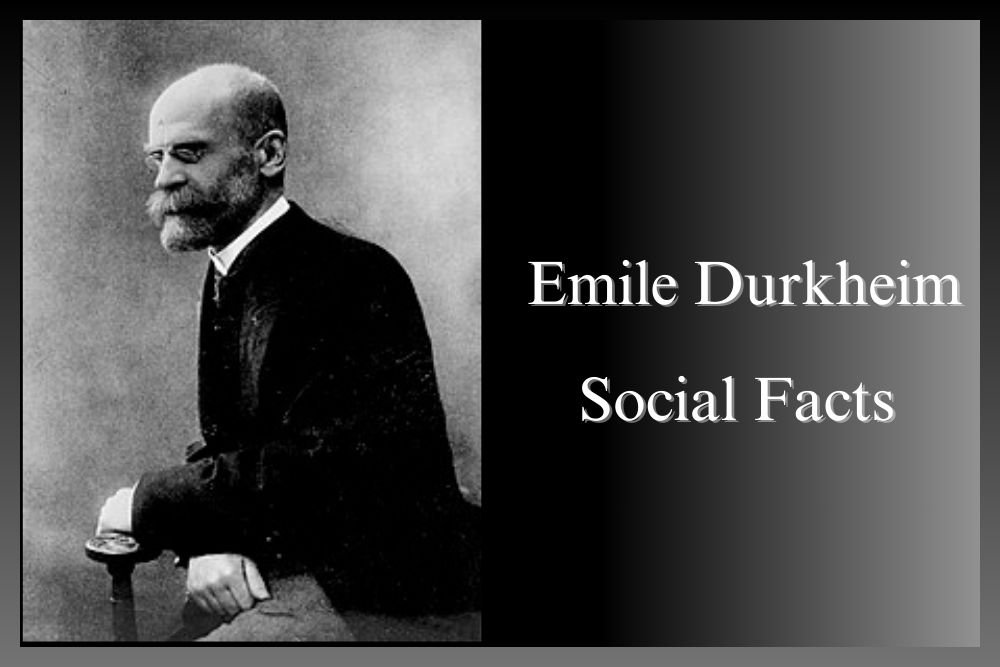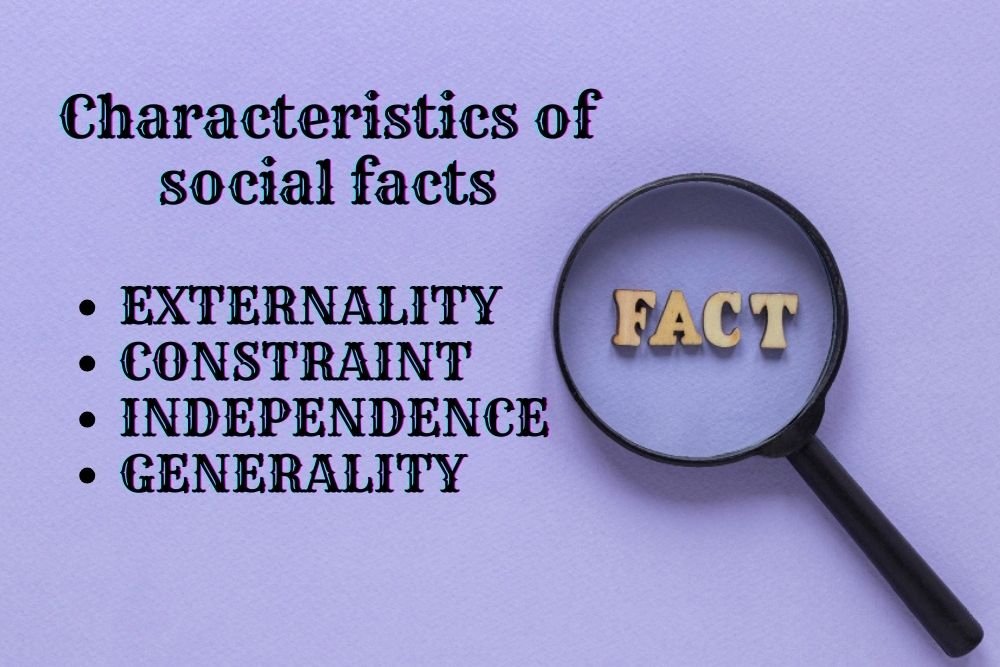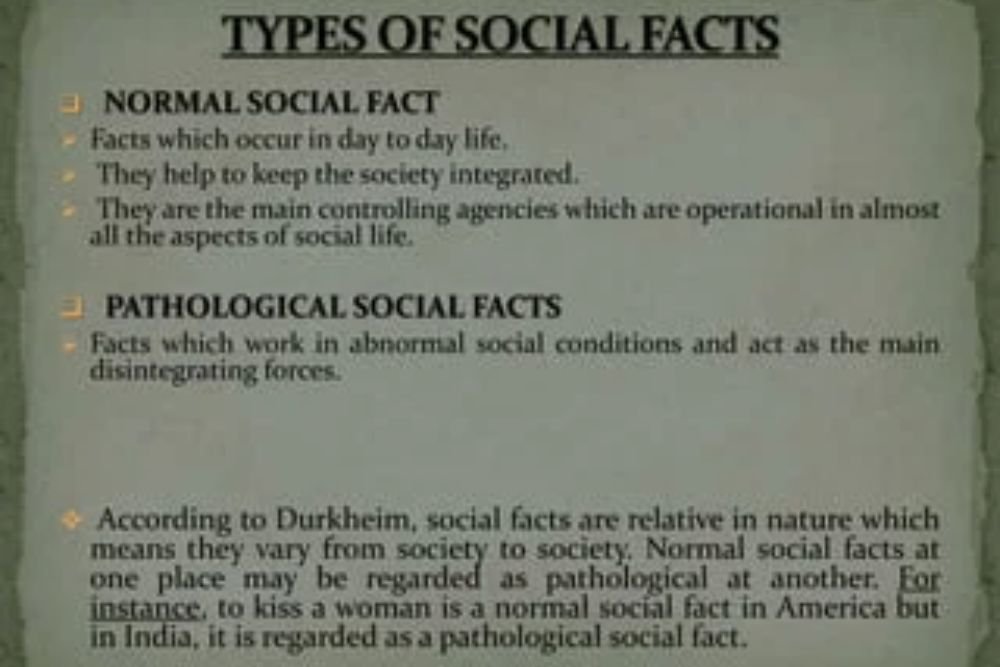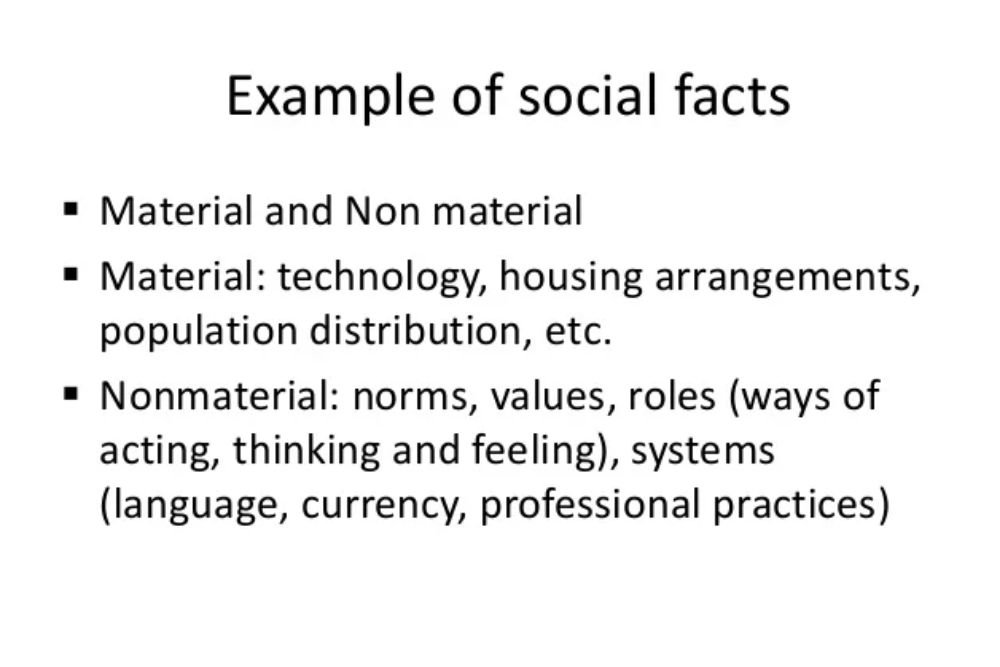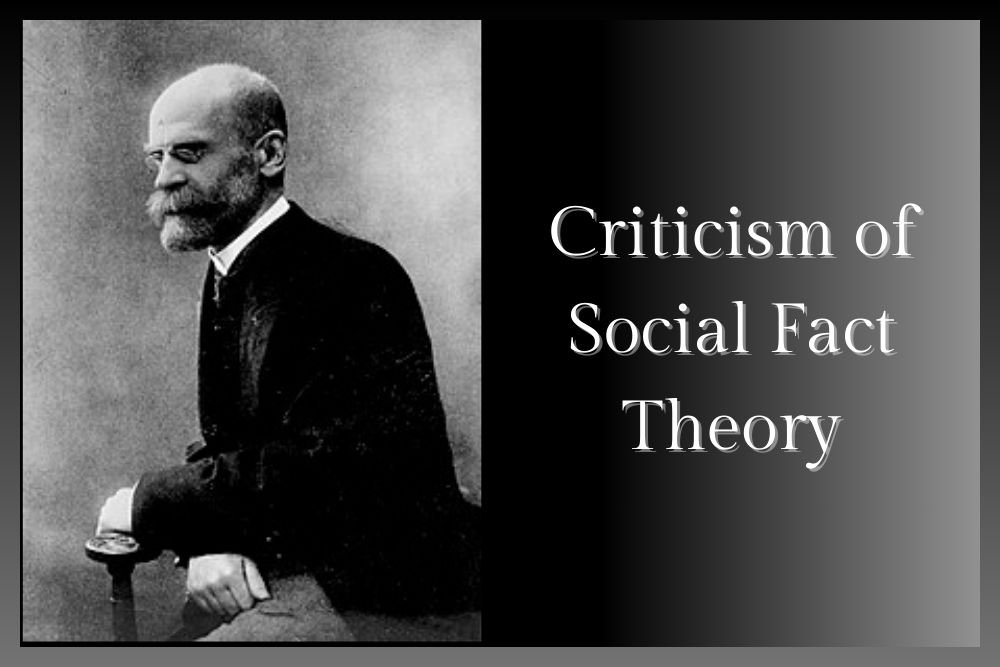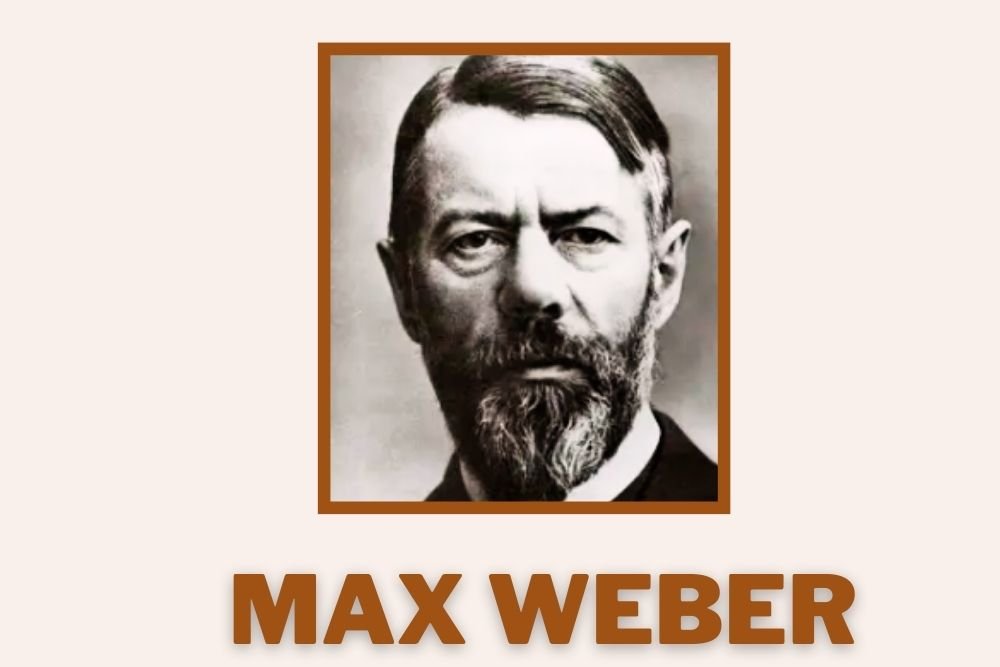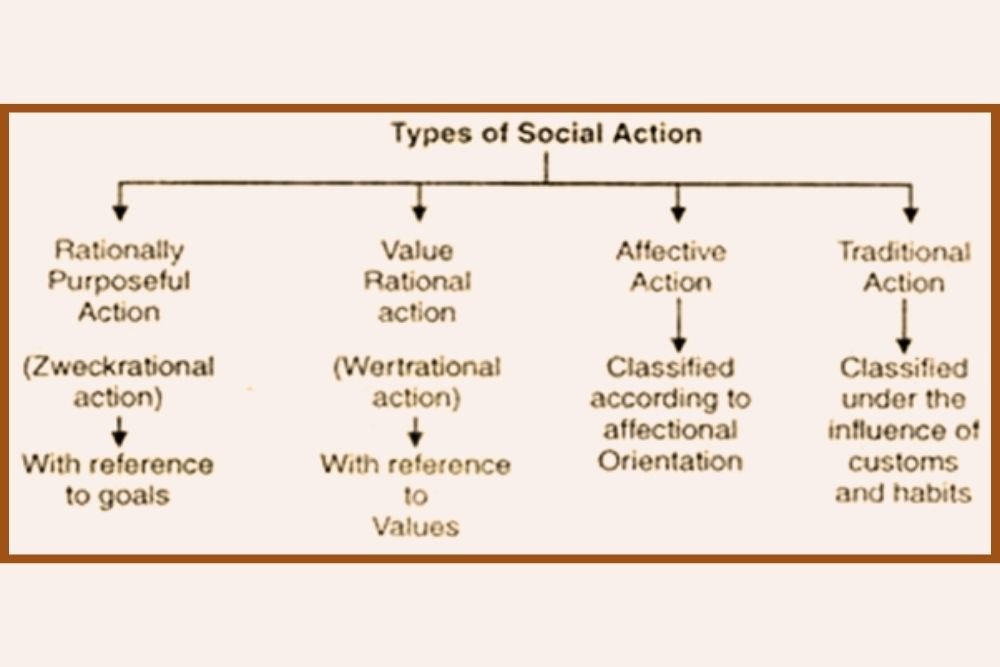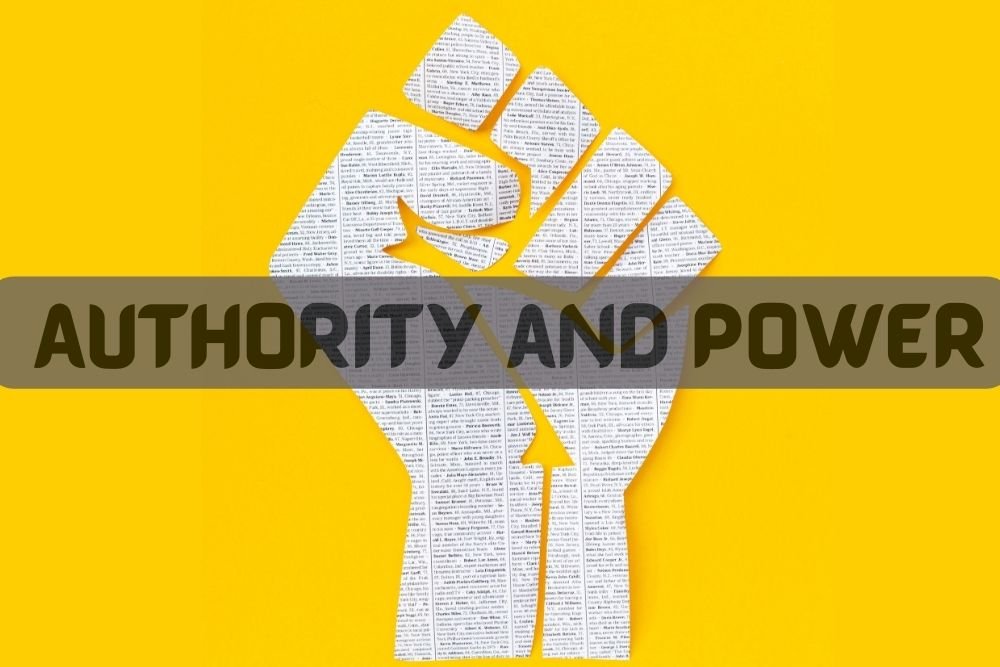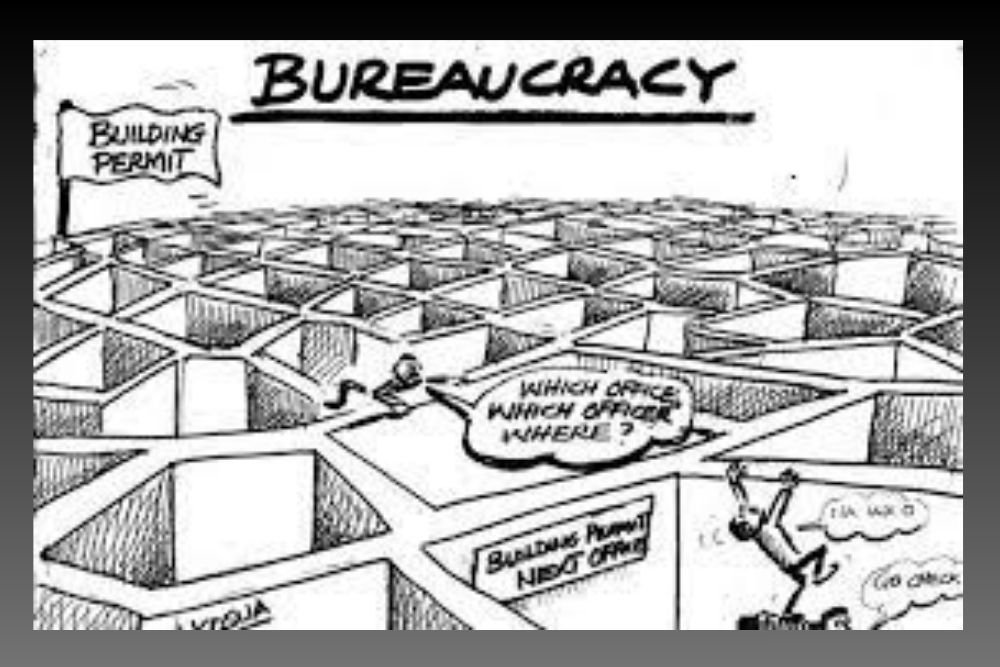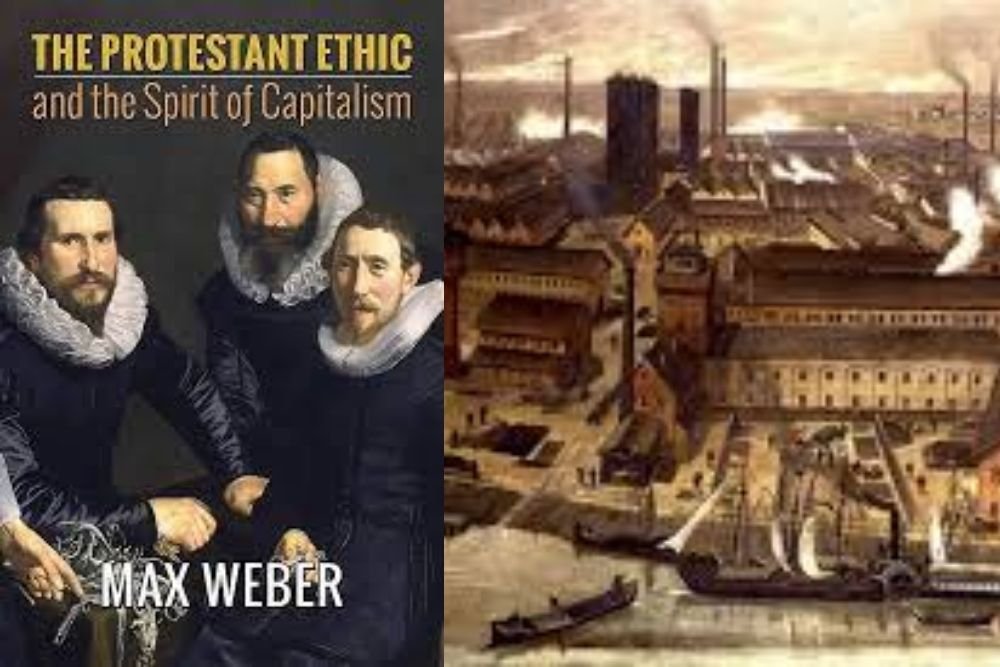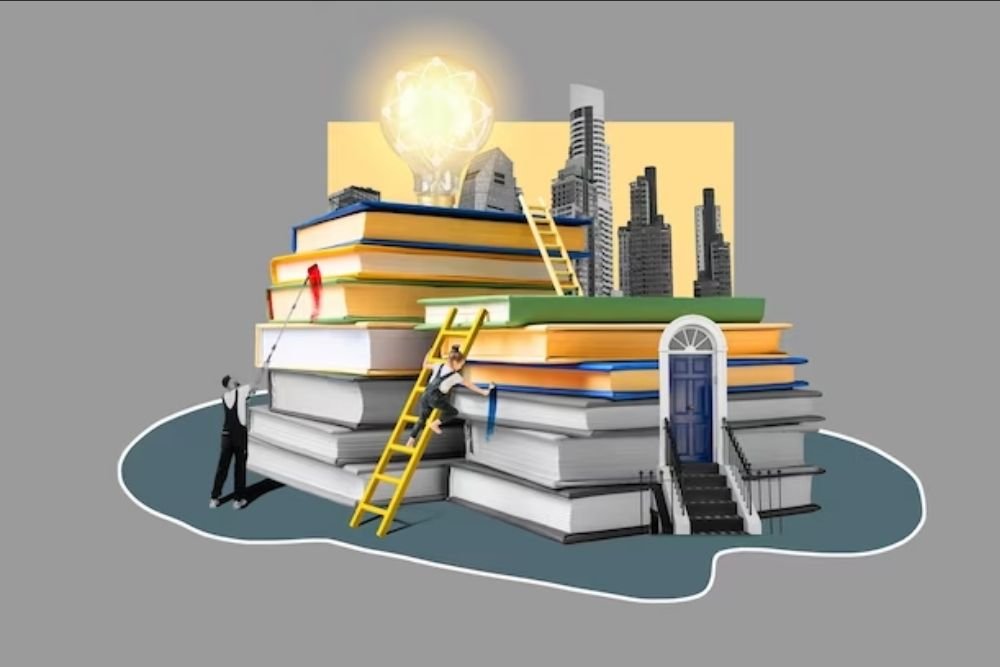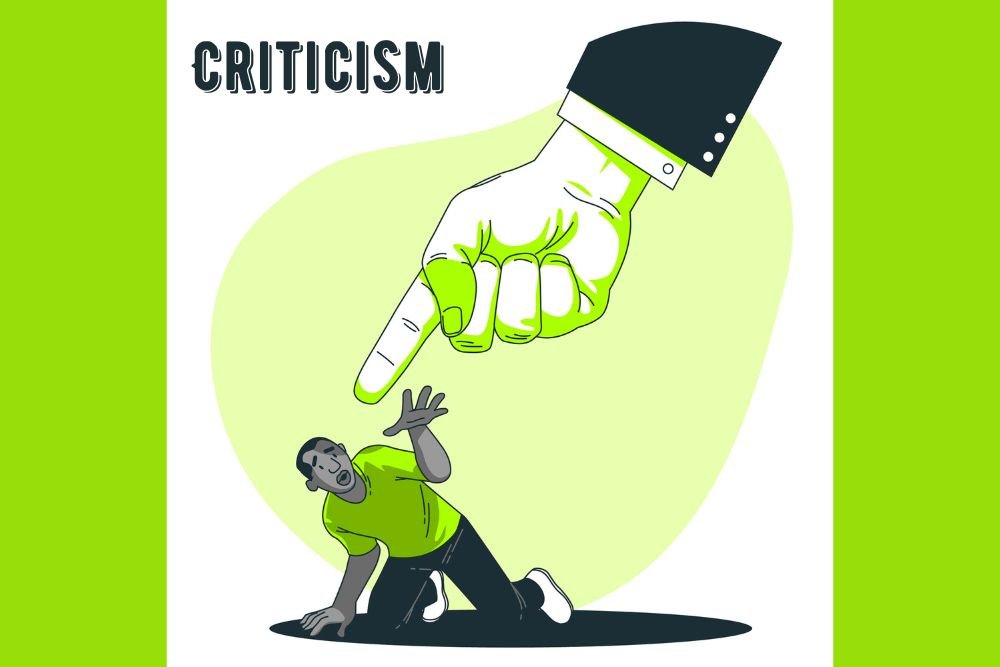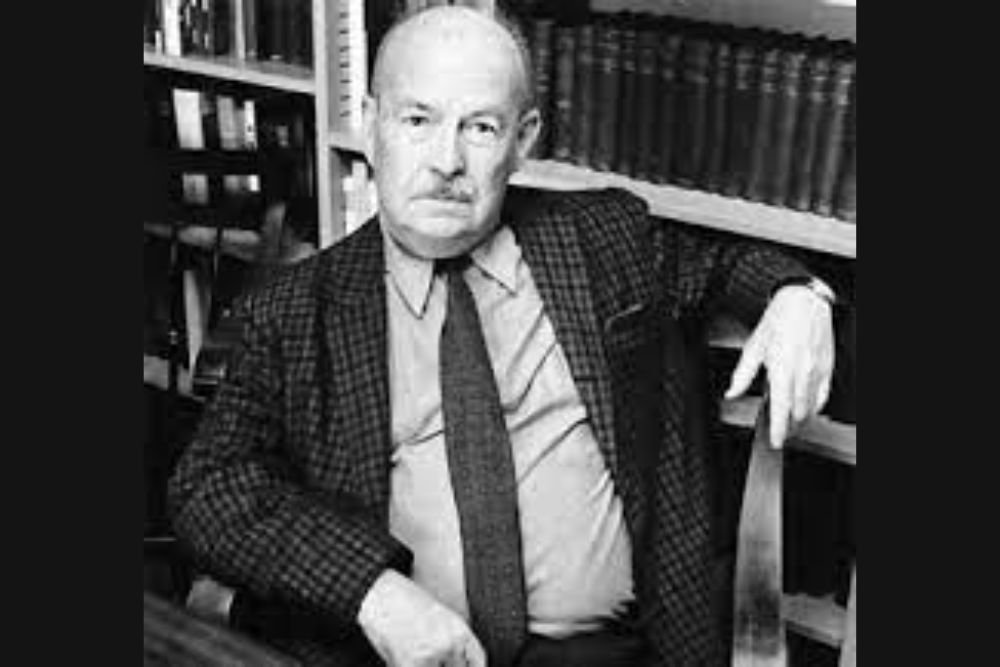
Talcott Parsons, an eminent figure in the expansive realm of sociology, has profoundly impacted the discipline with his groundbreaking insights into social systems and their intricate functional prerequisites. A meticulous exploration of his seminal work, "The Social System," reveals a rich and multifaceted tapestry of interconnected elements that intricately weave the complex fabric of societies. Parsons, emerging from the structural-functional perspective, eloquently expounds upon the intricate interdependence of social institutions within a society, providing a profound and comprehensive lens for scholars and students navigating the dynamic and nuanced landscape of sociology.
At the core of Parsons' theoretical framework lies his pioneering conceptualization of the social system as a dynamic and adaptive entity in a perpetual state of flux to maintain equilibrium. This foundational perspective, now enshrined as a cornerstone of sociological thought, underscores the multifaceted nature of societies. It posits that various institutions such as family, education, economy, and religion engage in a delicate dance, not merely coexisting but synergistically contributing to the rich and diverse tapestry of societal life.
Delving even further into the profound depths of Parsons' theoretical framework reveals the indispensable concepts of functional prerequisites, acting as the essential conditions for the survival and smooth functioning of a social system. A more comprehensive exploration of these prerequisites unveils the intricate mechanisms that propel societies forward, likening them to the pulsating heartbeat of a complex organism that adapts, evolves, and responds to the ever-changing socio-cultural milieu.
-
Adaptation, the first functional prerequisite, transcends mere survival, demanding a society's astute ability to navigate and thrive within its ever-evolving environment. This encompasses not only economic strategies and technological innovations but also a general flexibility in response to the dynamic external landscape. Parsons contends that a society's vitality is not merely sustained by passive adaptation but thrives through proactive engagement with external changes, fostering a dynamic and resilient societal structure that continually redefines itself in response to external stimuli.
-
Goal Attainment, the second functional prerequisite, echoes as a clarion call for societal vision and achievement. Defining collective objectives is not an isolated act; a society must establish robust mechanisms, such as political structures and decision-making processes, to actively pursue and attain these goals. Parsons envisions a society not as a passive entity but as an active agent shaping its destiny through intentional and collective endeavors, thereby contributing to the ongoing narrative of societal progress. This active pursuit of goals becomes a driving force, propelling societies towards growth, development, and continual evolution.
-
Integration, the third functional prerequisite, brings into sharp focus the imperative need for coordination and harmonization within a social system. Stability requires not only individual institutions functioning effectively but also a dynamic synergy between them. Individuals must share common values, acting as a social glue to prevent conflicts that could potentially undermine the delicate equilibrium of the societal structure. Parsons' emphasis on integration underscores the interconnectedness of societal components, advocating for a harmonious coexistence that fosters not only stability but also resilience in the face of external challenges.
-
Latency, the final functional prerequisite, delves into the intricate processes governing the maintenance of societal norms and values over time. This encompasses not only the transmission of cultural values from one generation to the next but also the ongoing resolution of tensions and conflicts within the society. Latency serves as the foundational bedrock, ensuring the perpetuation of a society's cultural identity and fostering stability through the continuous nurturing of shared values. It is in this latent aspect that Parsons acknowledges the enduring legacy of cultural heritage and the role it plays in shaping the collective consciousness of societies.
While Parsons' structural-functional perspective has garnered both accolades and critiques within the expansive realm of sociology, his contributions remain a pivotal force. Critics argue that his emphasis on equilibrium might overshadow the dynamics of power, conflict, and social change. However, his conceptual framework, with its emphasis on stability and order, provides an invaluable lens for analyzing the intricate interplay of relationships and institutions that define societies. Parsons' work not only serves as a theoretical foundation but also invites scholars and students to engage in a continual dialogue about the dynamic nature of societies and the challenges they face in the ever-changing socio-cultural landscape.
In conclusion, Talcott Parsons' exploration of the social system and its functional prerequisites stands as a monumental and enduring contribution to sociological discourse. His conceptualization offers a comprehensive, nuanced, and dynamic framework for understanding the complex and ever-evolving dynamics that govern societies. As scholars and students embark on an immersive journey into the profound depths of his work, they find not only a roadmap for navigating the intricate pathways of the structural-functional perspective but also a profound appreciation for the intricate symphony that constitutes the sociology of societies. Parsons, therefore, emerges not just as an indelible and revered figure in the annals of sociology but as a guiding force propelling the discipline towards a deeper understanding of the complexities inherent in societal structures and their continual evolution.


































